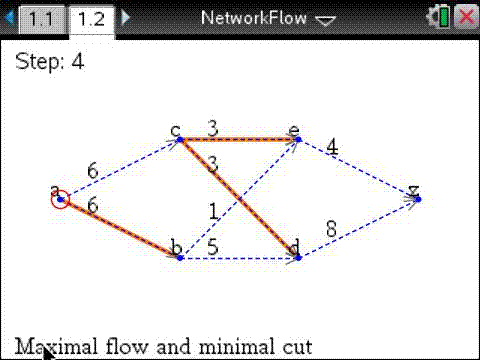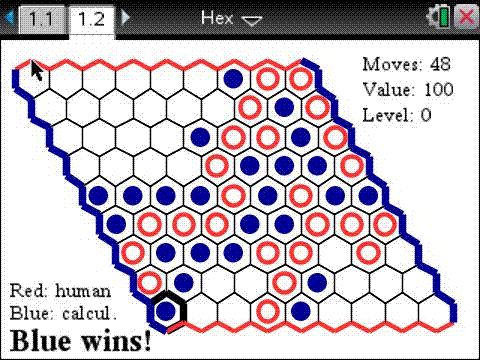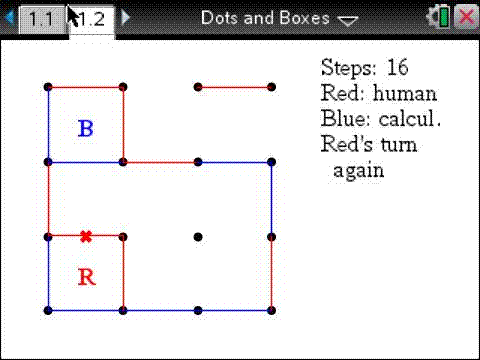|
A small sample of a large Nspire Lua program collection
Posted by Xavier on 17 November 2017, 22:57 GMT
Here's something we haven't done in a while: a feature that's not entirely about games! In case you didn't know, your beloved (hopefully) ticalc.org does indeed host math and science programs as well :) But hey, let's not go "full serious", we'll also have some games in this article...
Several authors are quite productive in a specific category of programs; Rolf Pütter is one of them. Currently, out of his 86 uploaded files, 77 are for the TI-Nspire series, and 72 of those are programmed in Nspire-Lua ("only" a third are games). It was hard to choose what to showcase here, as the quality of many programs is impressive, but when asked, he wrote us about his favorites, so let's review them here:
- Network Flow: a nice utility program about graph theory that college students may find very useful: you enter a directed weighted graph, with a source and a sink (you'll get a flow network, also known as a "transportation network"); the program will then compute a maximal flow and a minimal cut, by the method of Ford-Fulkerson. Everything is done graphically for an optimal UX, but be sure to read the included text file to know more about what it's capable of handling and the various key bindings to navigate and enter data.
- Game of Hex... is the game invented by Piet Hein and John Nash back in the 1940s. Here's a quick overview: playing on a 9x9 rhomboidal board with... hexagonal cells (surprise!), two players, red and blue, take turns picking an empty cell to capture it with their color. Each player's goal is to reach the other side (upper/lower for red, left/right for blue) with an unbroken link. The game comes with an AI to play against, which can take either role. Funnily enough, it's been proven that the game cannot result in a tie, and you'll very probably never run out of combinations, so have fun!
- Dots and Boxes Two players, once again red and blue, take turns connecting grid points... This time creating horizontal or vertical line segments. The player drawing a 1x1 box by closing its fourth edge now owns that box, which gets marked with their initials. The player can then move again. The game finishes when no more lines can be drawn, and the winner is whoever has the most boxes. Easy, right? Well... why don't you try playing and judging yourself... :) Let's note that you can choose from a 2x2 board up to a 6x6 one.
  
Enjoy, and don't forget to take a look all Rolf's other programs, he's created some very cool math ones!
|
|
|
Reply to this article
|
|
The comments below are written by ticalc.org visitors. Their views are not necessarily those of ticalc.org, and ticalc.org takes no responsibility for their content.
|
|
There are no comments on this article yet. Why don't you add one?
|

